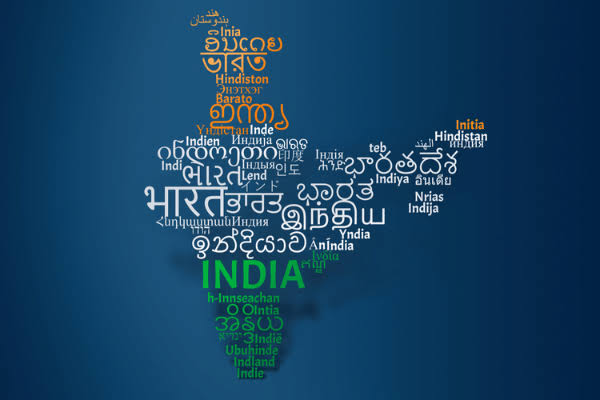Subtotal: $4398.00
.jpeg)
In today’s globalized world, the translation industry plays a crucial role in bridging linguistic and cultural gaps. While translating major languages like English, Spanish, or Mandarin often garners the spotlight, the real test lies in translating regional languages and local dialects. These lesser-known tongues carry deep cultural meanings, unique expressions, and historical significance that make their translation both an art and a science.
The Challenges of Dialect Translation
Translating dialects is not as straightforward as converting words from one language to another. Regional languages are often rich in idiomatic expressions, folklore references, and cultural nuances that do not have direct equivalents in mainstream languages.
Another challenge is the lack of standardized grammar and vocabulary. Many dialects are spoken more than they are written, which complicates the process of creating consistent and accurate translations. Moreover, the scarcity of professional translators who are native speakers of these dialects makes it difficult to ensure quality and authenticity.
Dialects also evolve rapidly. Unlike global languages that have structured academic frameworks, regional dialects change with each generation and geographical region. This dynamism demands that translators stay continually updated, adding another layer of complexity to localization projects
.
Opportunities in Dialect Translation
Despite these hurdles, the opportunities are immense. Brands that invest in regional language translation can tap into new, loyal customer bases by resonating more deeply with local audiences. In fact, recent studies show that consumers are significantly more likely to engage with content presented in their native dialects.
Localization services for regional languages are also essential for sectors like education, healthcare, and public policy, where inclusive communication can drive real societal impact. Governments and NGOs, for example, increasingly seek translation services to deliver crucial information in every language spoken by their constituents.
Furthermore, the rise of machine translation and AI-assisted translation tools presents new avenues for innovation. While human expertise remains irreplaceable for dialect translation, technology can support by automating basic tasks and enabling translators to focus on cultural and linguistic nuances.

Opportunities in Dialect Translation
Despite these hurdles, the opportunities are immense. Brands that invest in regional language translation can tap into new, loyal customer bases by resonating more deeply with local audiences. In fact, recent studies show that consumers are significantly more likely to engage with content presented in their native dialects.
Localization services for regional languages are also essential for sectors like education, healthcare, and public policy, where inclusive communication can drive real societal impact. Governments and NGOs, for example, increasingly seek translation services to deliver crucial information in every language spoken by their constituents.
Furthermore, the rise of machine translation and AI-assisted translation tools presents new avenues for innovation. While human expertise remains irreplaceable for dialect translation, technology can support by automating basic tasks and enabling translators to focus on cultural and linguistic nuances.